Tracheostomy and Palliative Care
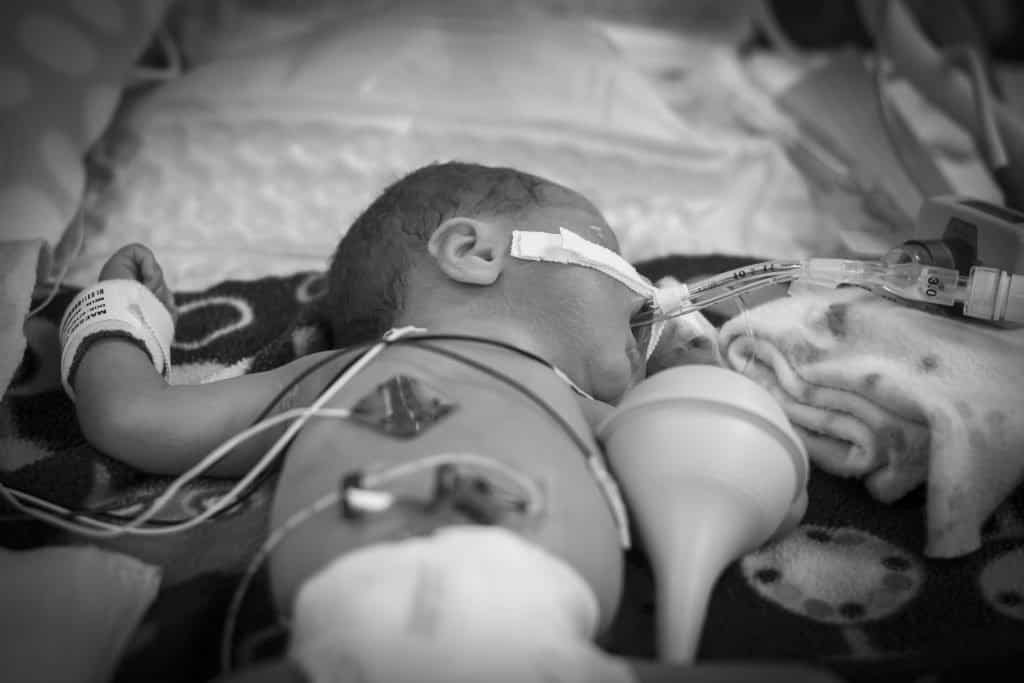
What is Palliative Care
Palliative care is defined as the holistic approach to care that focuses on alleviating symptoms such as pain and breathing difficulties when you have a serious life limiting condition, regardless of your age or type of illness (HospiceFoundation.ie 2021). The process of Palliative Care affirms life and regards dying as a normal process. It intends neither to hasten nor postpone death, offers a support system to help patients live as actively as possible until death and to provide a service to family members/friends affected by loss (World Health Organization (WHO) 2020). Palliative Care is a multidisciplinary team approach.
Why is it important to include palliative care in the process before and after tracheostomy for making difficulty decisions?
As primary health carers working with patients and families during the palliative care process, the main goal is to support them in making the best decisions going forward, assist them in getting the additional care they may need at home and guide them along the way of a loved one’s final journey. There is often uncertainty among family members about whether treatments and advanced care treatment options should be considered at the end of life process.
Recent studies from United States of America and Europe found that 75 % of people want to die at home, if given a choice. The reality is however, that currently less than 25 % actually do die at home. Death is a very private matter and it should be in an environment where you feel most comfortable. As such if your loved one faces their end of life in ICU and is requiring mechanical ventilation (with tracheostomy) and wishes to die in a peaceful and harmonic environment at home with peace of mind, away from a busy, noisy, sterile and environment, then that can be achieved with the right planning and supports in place.
Advanced Care Plans and Advanced Healthcare Directives for forward planning are used in Ireland, United Kingdom and the United States of America. Advanced Care Plans are documents that are put in place to let others know your overall wishes and preferences about your end of life care. This care plan should focus on your present wishes for the care you want to receive in the future. You should take some time to think about how and where you want to be cared for, and what you want to happen. Making your wishes known now makes it easier for family to advocate on your behalf.
An Advance Healthcare Directive is a document that is legally recognized in Ireland, UK and USA where you set out your wishes about medical treatment you want to refuse or request in case you are unable to make these decisions in the future ie. Tracheostomy insertion. It informs family, friends and doctors of your wishes for your treatment in the event you can no longer communicate them yourself. It’s a legally binding document where you write down what healthcare treatments you wouldn’t like in the future. You may also write what treatments you would like to receive too but that is not legally binding.
Unfortunately, Advance Care Planning and Advanced Healthcare Directives aren’t often in place with minors. Nurses, doctors, and parents all report difficulty in engaging in such discussions, for profound emotional reasons. In one study, nearly half of the adolescent subjects with serious illness hadn’t discussed issues such as dying at home (Behrman, 2003). Hopefully additional emphasis on adolescent care planning and age-specific tools will improve the situation. One such tool is an adaptation of the well-known Five Wishes document called My Thoughts, My Wishes, My Voice, which allows adolescents and young adults to answer the questions.(https://fivewishes.org/five-wishes/individuals-families/individuals-and-families/children-and-adolescents)
This is a very complex question, and in the context of advance care planning it is important not to make any promises that one isn’t able to keep. But even if one cannot promise to honor an adolescent’s precise treatment requests, this does not mean that the values and goals expressed are not meaningful or influential. One might say that an adolescent’s advance statements carry ‘‘moral weight,” even if they are not legally binding.
Institutional, social, and financial considerations may affect decisions related to tracheostomy, as implicit bias regarding quality of life. The complexity of such care and decisions highlight the need for optimal palliative care throughout the patient’s life. Whereas in decades past children with complex medical needs would have led to a child’s death, now there are multiple modalities of support that can sustain life, beginning with suctioning and cough assist, progressing to intermittent and then chronic noninvasive positive pressure ventilation, and ultimately invasive ventilation. A tracheostomy is sometimes recommended to ensure comfort and reduce the risk of complications. While respiratory decline can be postponed through such interventions, it cannot always be prevented. The motivation for proceeding to tracheostomy should be thoughtfully considered.
With the right supports in place, tracheostomy care at home can provide the opportunity for patients and Families to stop visiting the ICU. Advanced Homecare can be specifically tailored to help give back valuable and precious time that patients and families can have at home, rather than in a busy and noisy environment in a hospital. There is often a fear of the use of tracheostomies at the end of life stages. Fears such as, would it postpone, or even eliminate, the ability to create the peaceful and tranquil end of life process.
What are the indications for placement of tracheostomy in palliative care?
The treatment and interventions used for malignant and non- malignant conditions in palliative care are very similar for both children and adults. The most common symptoms that are treated for in palliative care are; pain, dyspnea, nausea and vomiting, constipation, seizures and changes to alertness (Siden 2018). For example, dyspnea (shortness of breath) is an unpleasant sensation of breathing, characterized by qualitatively distinct sensations presenting with variable intensity. Dyspnea is associated with fatigue, anxiety, decreased function and quality of life and increased mortality and significant suffering both for patients and caregivers.
There may come a time whether prior to a tracheostomy, or upon reconsideration of their relative burdens and benefits that the decision is made to focus entirely on the patient’s comfort. This is when symptom control is imperative, but there are implications for symptom management such as dying in pain, alone, or dependent on machines which need to be identified in order to reduce fears. It is also crucial to clarify what steps the patient and family are willing to take in order to achieve their goals, and what level of functioning is acceptable to them.
In children mostly, early intervention can provide significant clinical benefit, in terms of nutrition as well as respiratory support. For instance, if a patient and family have decided that tracheostomy is acceptable, then initiating this procedure earlier in the disease course before it becomes absolutely necessary, may help prevent deterioration of lung function and capacity (Robinson, W., 2012).
The question about whether mechanical ventilation is in the child’s best interest is an ethical question, but may be the wrong question to ask. Recognizing potential bias against providing escalating respiratory support especially in the context of cognitive disability (Intellectual Disability), it has been recommended to invert the question. Rather than asking whether such support is in the child’s best interests, a better question to ask is whether ventilation is against those interests. (Wilfond, B., 2014). Such an inversion frequently leads to deferring to the family’s request for additional intervention, recognizing that they have wrestled with that decision, often over a prolonged period of time, and can only achieve what they believe to be in their child’s best interest with the support of the healthcare
Is life with assisted ventilation painful or unpleasant? Clinicians have to be careful with this judgement as most clinicians have not lived with someone with assisted ventilation. Even though some people may decide that living on a ventilator with mechanical ventilation is not worth living, others have expressed living a meaningful life when on a ventilator. Therefore it is difficult to argue that ongoing life with a vent is clearly against the children’s best interest. Recommendations to withdraw life-sustaining interventions may be appropriate, particularly if based on the family’s goals and the medical feasibility of reaching those goals. But when families request life-sustaining interventions, we have an opportunity to support a family facing a journey that few of us will ever embark on ourselves.
Summary
Identifying the patient and family goals is important in determining treatment options. Understanding the goals and wishes of the patient and family may take time and may be uncomfortable for some clinicians to discuss. However these conversations are paramount in helping the family and patient to achieve those goals.
Resources:
Bice, T., Nelson, J.E. and Carson, S.S. (2015). To trach or not to trach: uncertainty in the care of the chronically critically ill. In Seminars in respiratory and critical care medicine (Vol. 36, No. 6, p. 851). NIH Public Access.
Hauser CA, Stockler MR, Tattersall MHP (2006) Prognostic factors in patients with recently diagnosed incurable cancer: a systematic review. Support Care Cancer 14:999–1011
Irish Hospice Foundation (2021) What is Palliative Care?. Retrieved on 08/02/21 from https://hospicefoundation.ie/wp-content/uploads/2021/02/Palliative-Care-FAQs.pdf
In: Field MJ, Behrman RE (eds.), When children die: improving palliative and end-of-life care for children and their families. Washington (DC); 2003.
Mahler DA, O’Donnell DE (2014). Dyspnea. Mechanisms, measurement, and management. CRC Press, Boca Raton
Siden. H. (2018) Pediatric Palliative Care for Children with Progressive Non-Malignant Diseases. National Library of Medicine. 20;5(2):28
Reddy SK, Parsons HA, Elsayem A, Palmer JL, Bruera E (2009) Characteristics and correlates of dyspnea in patients with advanced cancer. J Palliat Med 12:29–36
Robinson, WM. Palliation of Dyspnea in pediatrics. Chronic Chronic Respiratory Disease. November 2012:251- 256. doi:10.1177/1479972312452439
Uslander. B. (2021) A peaceful end to an amazing life. Retrieved on 19/01/21 from https://www.integratedmdcare.com/blog/a-peaceful-end-to-an-amazing-life
World Health Organisation (2020) Definition of Palliative Care. Retrieved on 13/10/20 from https://www.who.int/cancer/palliative/definition/en/
Wilfond, B. Tracheostomies and Assisted Ventilation in Children with Profound Disabilities: Navigating Family and Professional Values. Pediatrics February 2014, 133 (Supplement 1) S44-S49; DOI: https://doi.org/10.1542/peds.2013-3608H
About the Authors
Michael Flynn (RNID) is a Staff Nurse working with children with complex health needs and intellectual disabilities. He graduated from Trinity College Dublin in 2018 with a B.Sc. (Cur.) Honours Bachelor Degree of science in Intellectual Disability nursing and immediately accepted a post with Stewarts Care, one of Ireland’s largest providers of extensive services to people with intellectual disabilities. Currently studying MSc in Palliative Care with Trinity College Dublin. Michael has always been passionate about working with children and adults at the end of life and providing a high standard of care to ensure a dignified death. He undertakes research in partnership with Trinity College Dublin and is eager to make a positive impact on the healthcare system in Ireland. Michael also runs the Instagram page @PalliativeCare_Nurse.
doi: 10.7748/ldp.2020.e2093
doi: 10.11124/JBIES-20-00230
Amanda Shovlin (RNID) is a Staff Nurse working with children with complex health needs and intellectual disabilities. She graduated from Trinity College Dublin in 2014 with a B.Sc. (Cur.) Honours Bachelor Degree of science in Intellectual Disability nursing and immediately accepted a post with Stewarts Care, one of Ireland’s largest providers of extensive services to people with intellectual disabilities. Currently studying MSc in Nursing & Healthcare Quality Improvement with University College Cork, Amanda has always been passionate about improving nursing care and practices. Her first publication was based on person centred care, a passion of hers, and inspired by real life policy changes she implemented in a school setting. She continues to undertake research in partnership with Trinity College Dublin eager as ever to make a positive impact on health care provision in Ireland.
doi: 10.7748/ldp.2020.e2093
doi: 10.11124/JBIES-20-00230

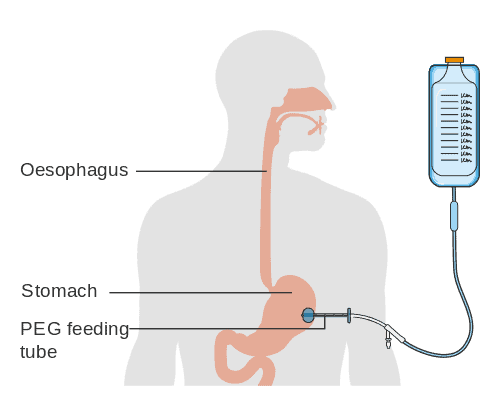
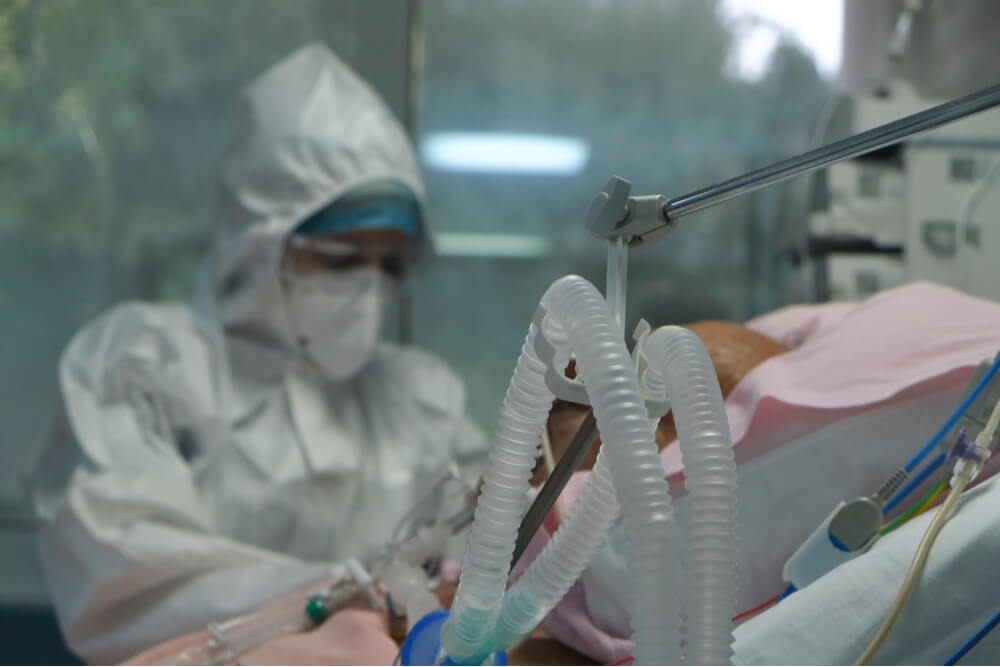
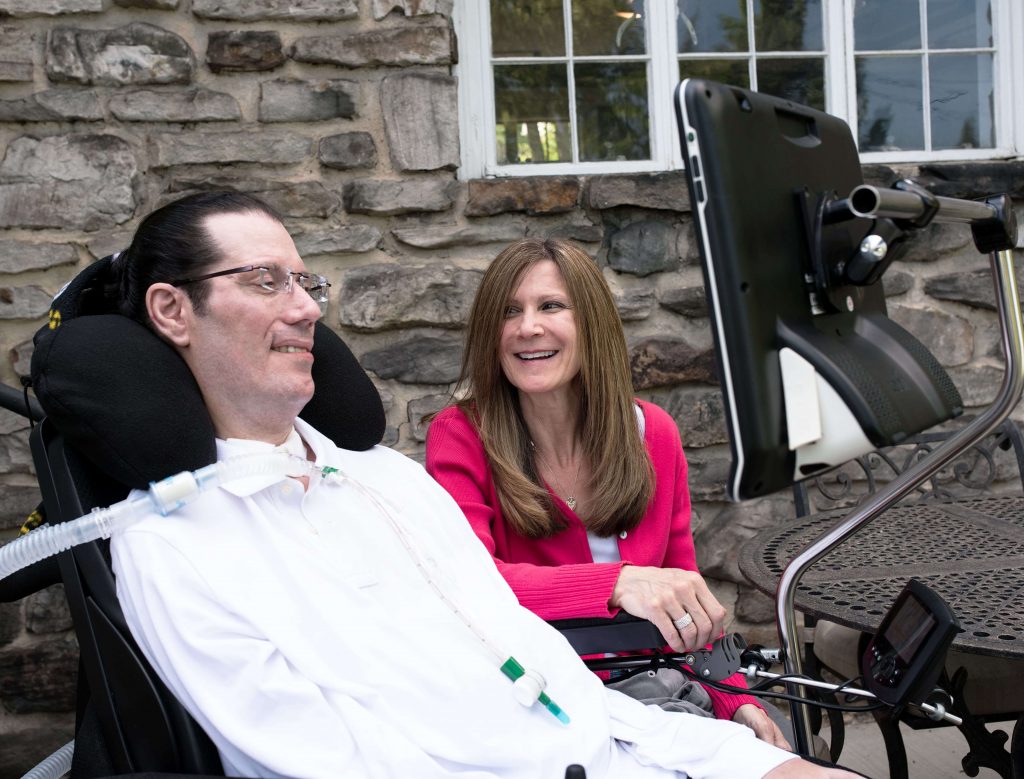

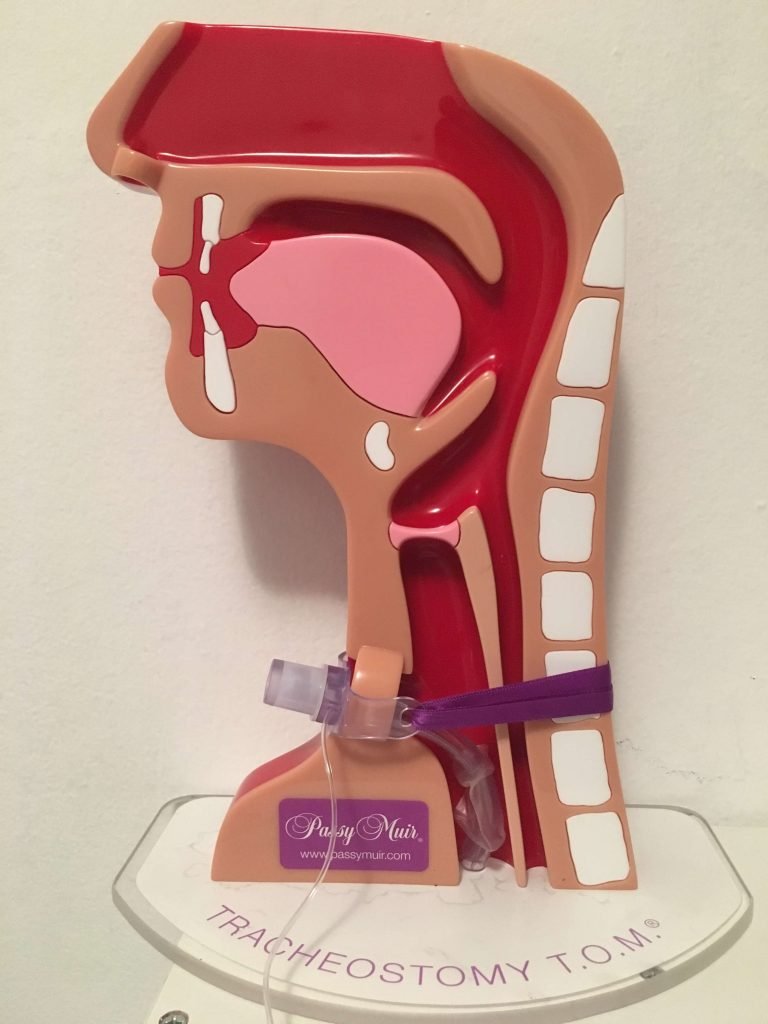
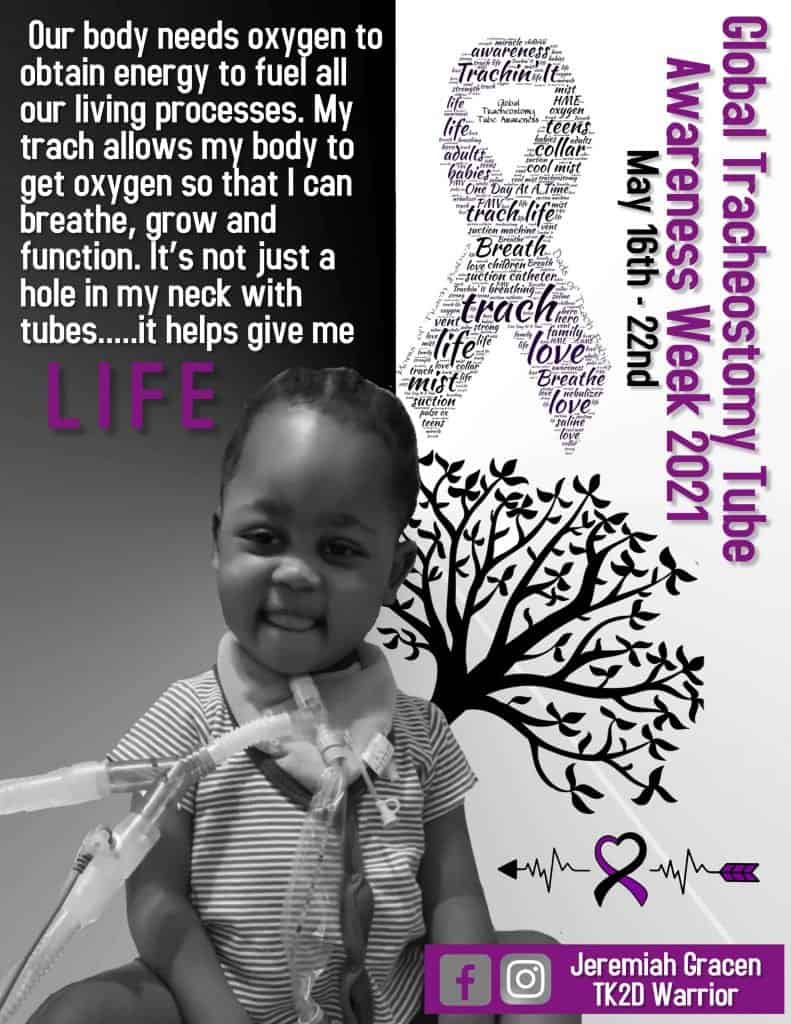
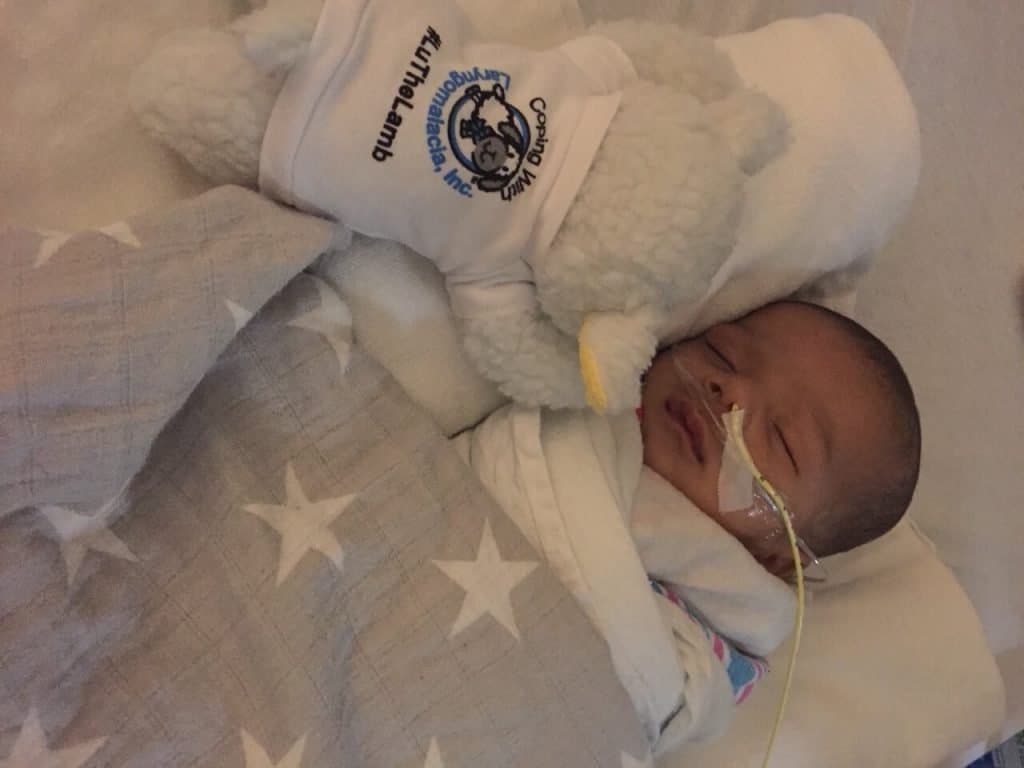

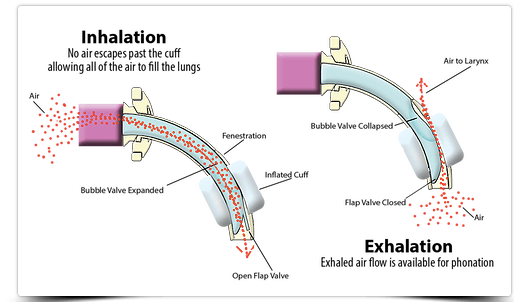
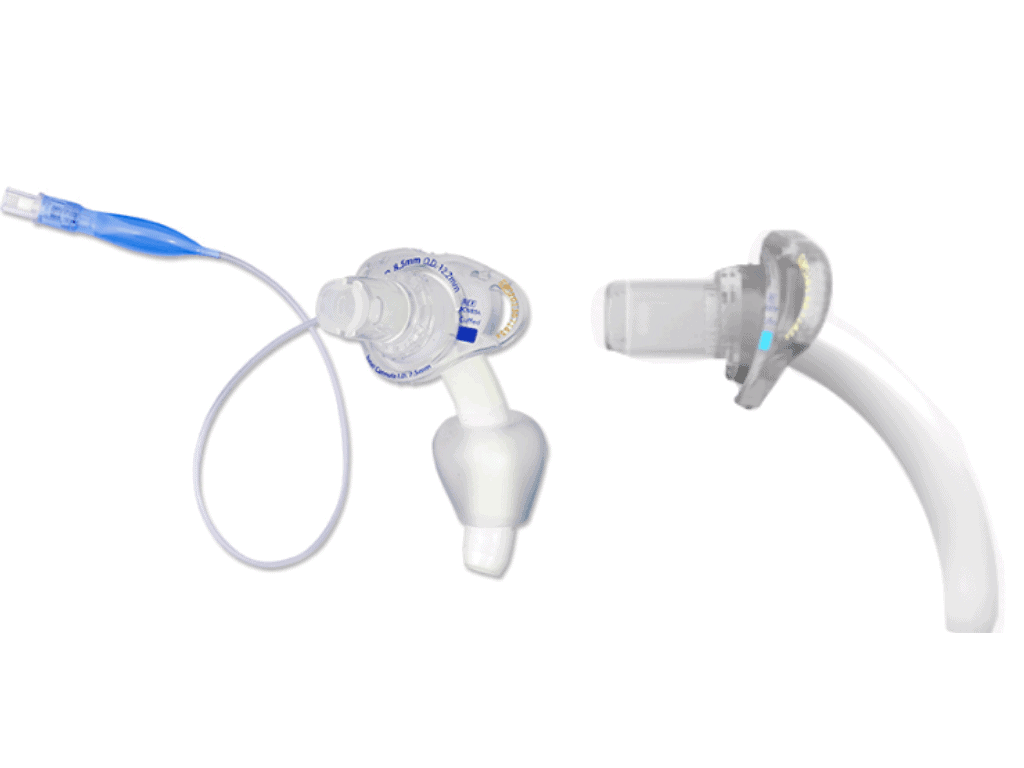

Responses